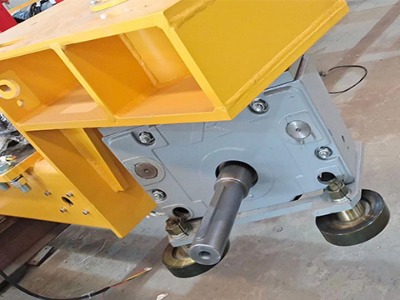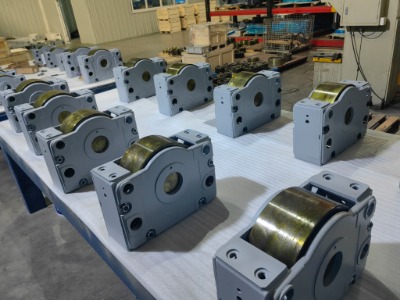Case

The Maintenance of Demag Wheel Block for Stackers
Regular maintenance of Demag wheel blocks used in stackers is essential to ensure safety, reliability, and extended service life. These wheel blocks are designed for heavy-duty applications, and proper care helps minimize downtime and repair costs.
Regular maintenance of Demag wheel blocks used in stackers is essential to ensure safety, reliability, and extended service life. These wheel blocks are designed for heavy-duty applications, and proper care helps minimize downtime and repair costs. Below are key aspects of their maintenance:
1. Routine Inspection
Visual checks: Inspect wheels, housings, and axles for cracks, deformation, or unusual wear.
Surface condition: Ensure the running surface is free from flat spots, grooves, or corrosion.
Alignment: Confirm that the wheel block is properly aligned to prevent uneven loading.
2. Lubrication
Apply the recommended grease or oil to bearings and moving parts according to the manufacturer’s schedule.
Ensure lubrication points are clean before applying grease to prevent contamination.
Monitor bearing temperature during operation, as overheating may indicate lubrication failure.
3. Bearing and Axle Maintenance
Regularly check bearing clearance and replace worn-out bearings to avoid excessive play.
Inspect the axle for wear or bending, which could compromise load distribution.
Use only genuine replacement parts to maintain performance and compatibility.

4. Fasteners and Connections
Tighten all bolts, nuts, and mounting connections to the specified torque values.
Check for looseness caused by vibration or continuous operation.
5. Wheel Material Check
For polyurethane-coated wheels, monitor for cracking, peeling, or material fatigue.
Replace wheels that show significant wear to prevent damage to rails and increase stability.
6. Cleaning and Protection
Keep the wheel block and surrounding areas free from dust, debris, and grease buildup.
Apply anti-corrosion coatings when operating in humid or chemically aggressive environments.
7. Scheduled Overhaul
Plan periodic overhauls based on operating hours and load conditions.
During overhauls, disassemble, clean, and inspect all components, replacing worn parts as needed.
8. Record Keeping
Maintain a detailed log of all inspections, lubrication schedules, and component replacements.
Use this record to identify wear patterns and optimize maintenance intervals.
In summary, maintaining Demag wheel blocks for stackers involves regular inspection, timely lubrication, part replacement, and proper documentation. Following these steps not only ensures smooth operation but also significantly extends the service life of the equipment.




